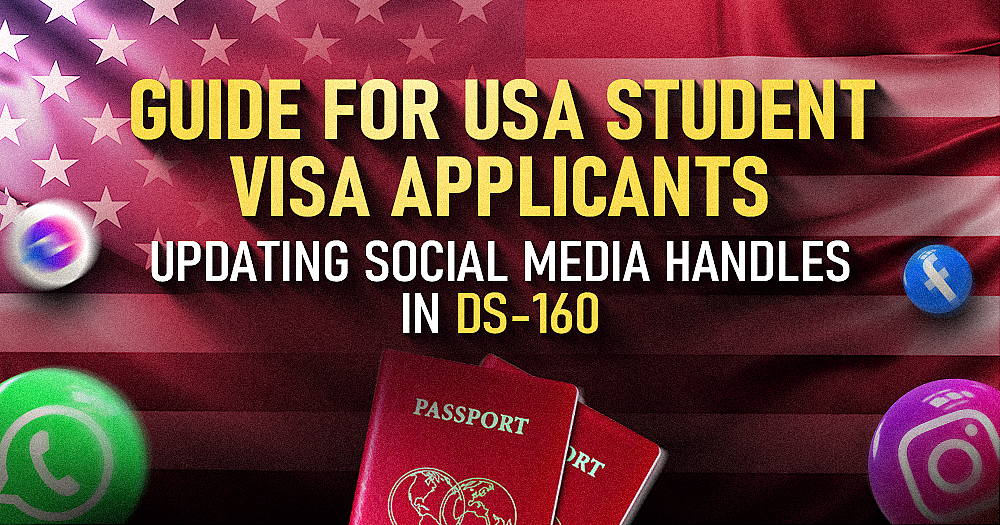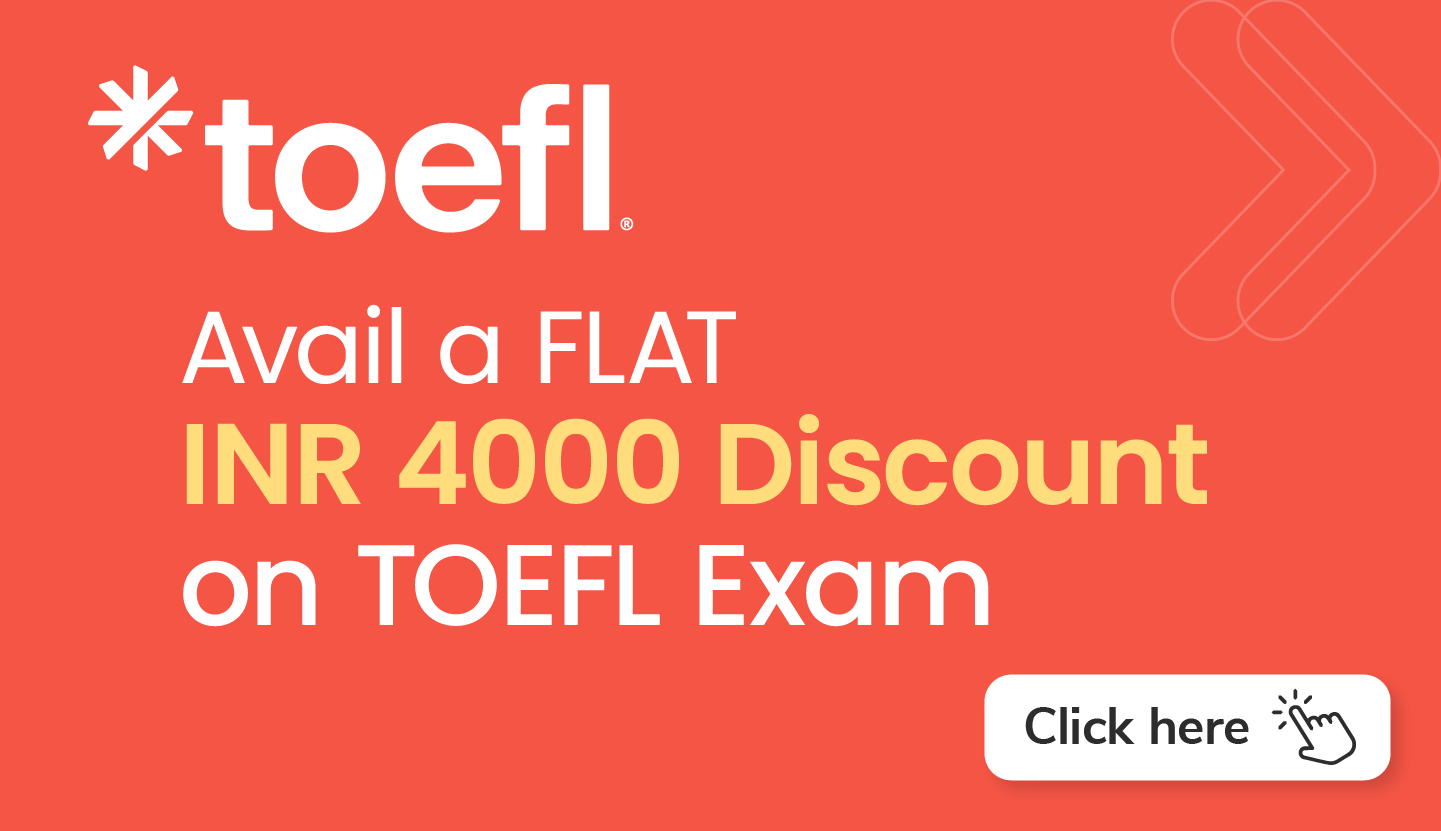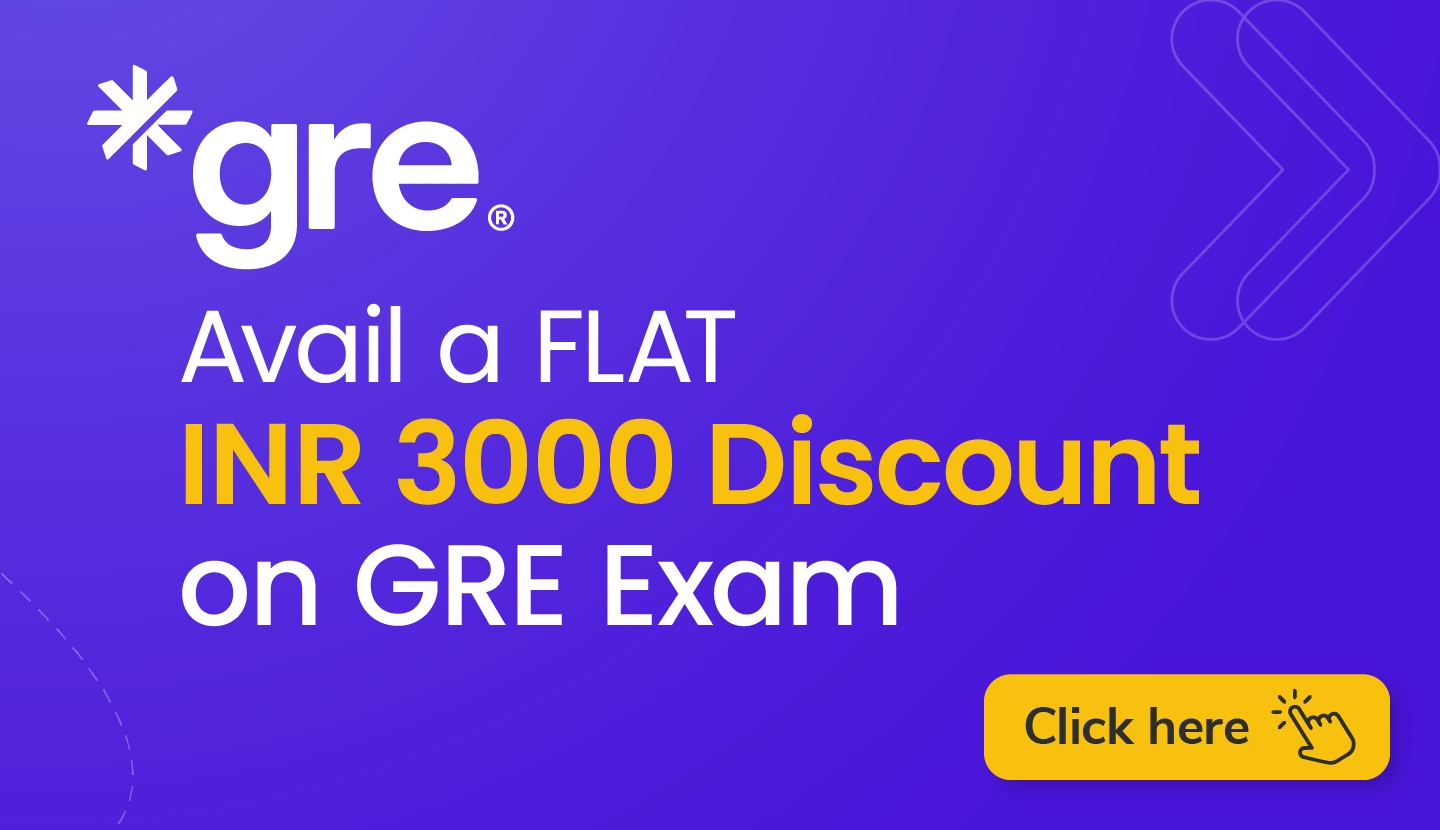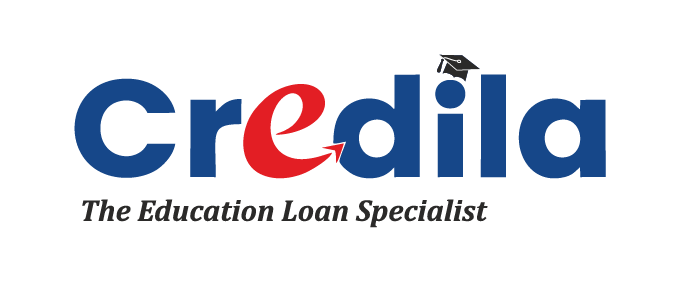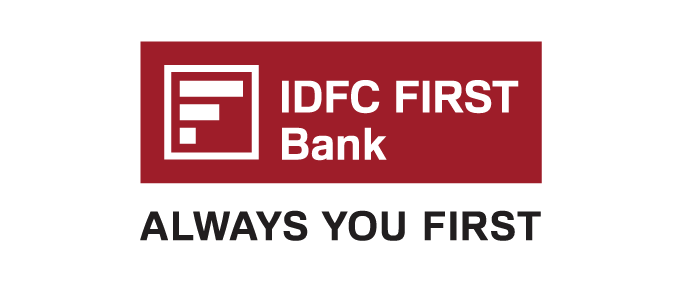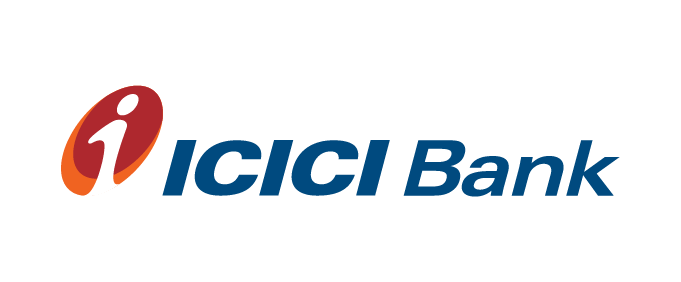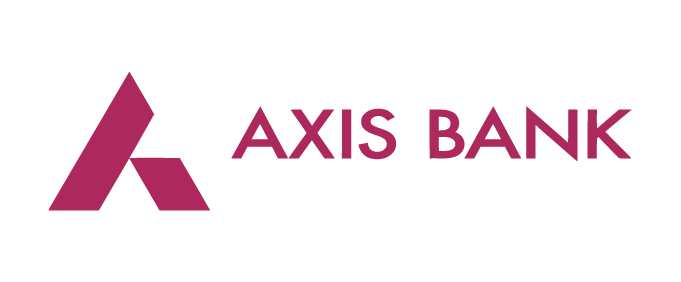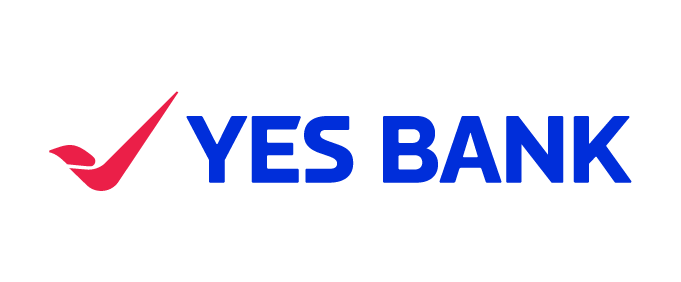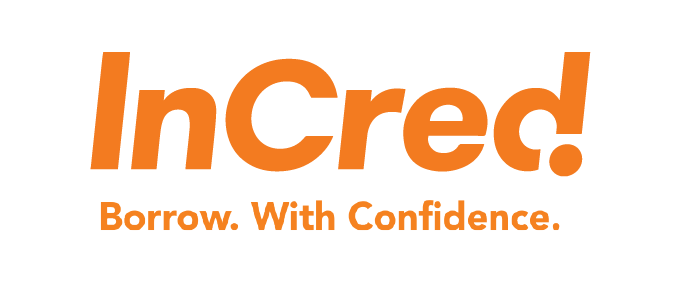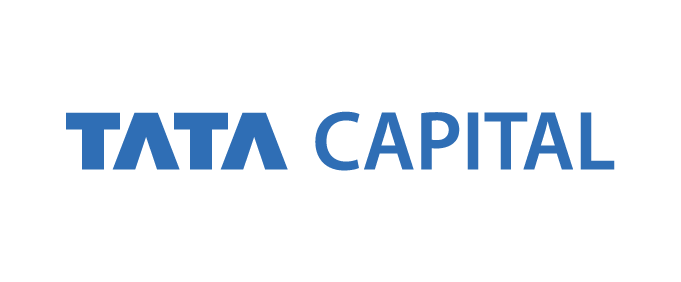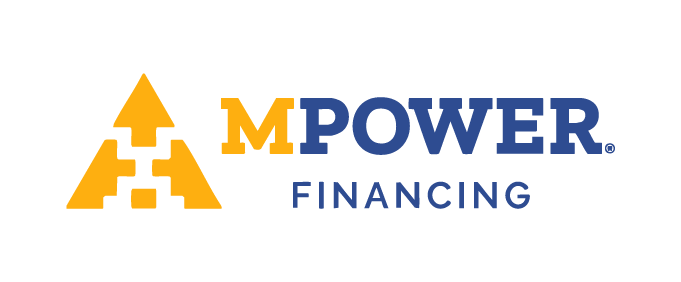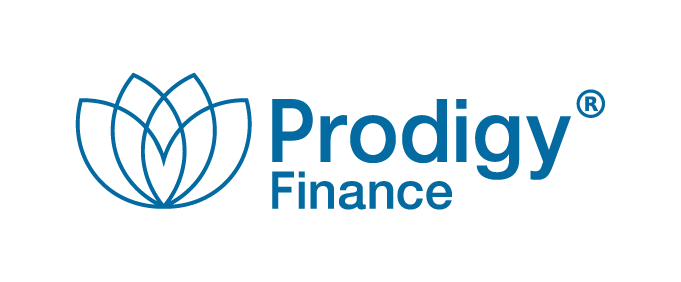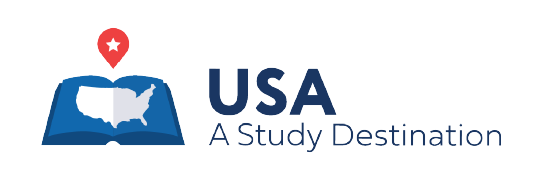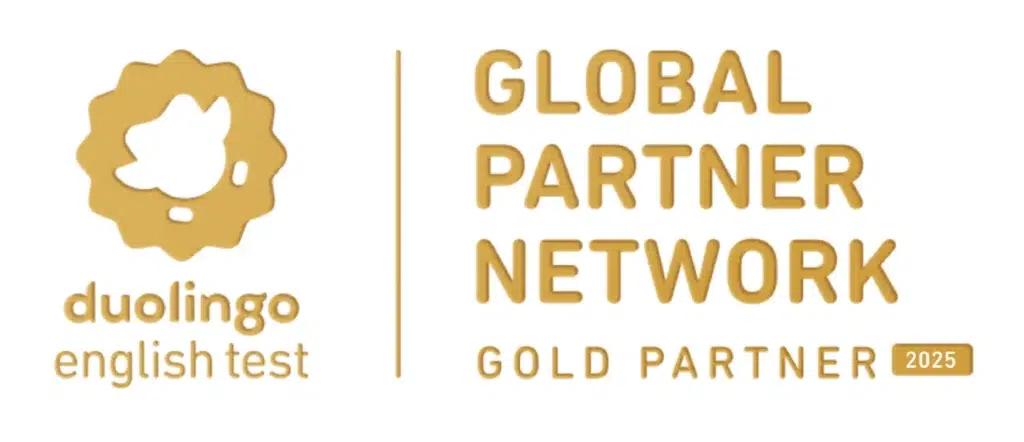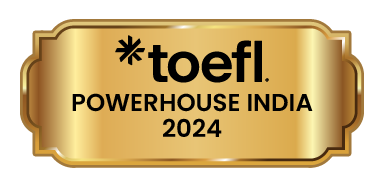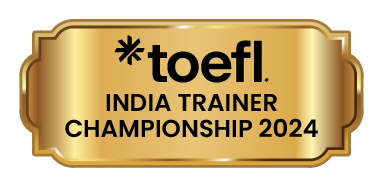A quick reference guide on how to write a convincing SOP for MS in Information Systems
Management Information Systems is a field that combines technical expertise with managerial skills to design, implement, and manage information systems that support business operations and decision-making. This program attracts applicants with a background in business, computer science, engineering, and related fields who have a passion for leveraging technology to solve business challenges.
If you’re planning to apply for a Master’s program in Management Information Systems (MIS), you’re preparing yourself to help business organizations bridge the gap between business strategy and information technology.
In this blog, we will guide you through the essential elements of crafting a compelling SOP for Management Information Systems. However, before we deep-dive into the same, if you wish to have a look at what to include and common mistakes to avoid in your SOP, you can refer to The Ultimate Guide to Crafting an Exceptional Statement of Purpose.
With that being said, let’s get started and explore how you can write an SOP that effectively communicates your dedication and potential in the field of Management Information Systems.
How to write a stellar MIS SOP?
When writing a Statement of Purpose (SOP) for Management Information Systems (MIS), you need to highlight specific competencies and experiences relevant to the field which are as follows:
- Technical Proficiency: Skills in programming languages (e.g., Java, Python, SQL), knowledge of database management, and experience with software development and systems analysis.
- Analytical and Problem-Solving Skills: Ability to analyze complex systems, identify issues, and develop effective solutions. Experience with data analytics, business intelligence tools, and problem-solving in IT contexts.
- Academic Excellence: Strong academic record in MIS-related coursework, relevant research projects, thesis work, or academic publications that demonstrate your understanding of information systems and technology.
- Professional Experience: Internships or work experience in IT departments, consulting firms, or related fields. Involvement in real-world projects, detailing your role and contributions, and showcasing your practical application of MIS concepts.
- Project Management: Ability to manage multiple aspects of IT projects, from planning to execution. Experience with project management methodologies (e.g., Agile, Scrum), timelines, budgets, and stakeholder interactions.
- Systems Integration and Architecture: Understanding of system integration principles, enterprise architecture, and experience with implementing and managing integrated IT solutions.
- Security and Risk Management: Knowledge of information security principles, risk management strategies, and experience with ensuring the confidentiality, integrity, and availability of information systems.
- Leadership and Teamwork: Demonstrated leadership roles in academic or professional settings, ability to work effectively in teams, and experience with leading projects or initiatives.
- Strategic Thinking: Ability to align IT strategies with business goals, understanding of how MIS can drive organizational success, and experience with developing IT solutions that support business objectives.
Let us look at a couple of examples to see how the above aspects are described in the Statement of Purpose
Sample 1
The is student who secured an admit to the Carnegie Mellon University’s Masters of Science program in Management Information Systems.
“Data is just like crude. It is valuable, but if unrefined, it cannot be used. It has to be changed into gas, plastic, chemicals, etc. to create a valuable entity that drives profitable activity; so, must data be broken down, and analysed for it to have value. Data is the new oil!” – Clive Humby
We live in an era of data explosion in which we produce and consume data faster than we can track and safeguard it. This abundance of data, coupled with lack of powerful data analysis tools, has given rise to a ‘data rich but information poor’ phenomenon. The widening gap between data and information has generated an urgent need for development of new techniques to transform these vast amounts of data into ‘golden nuggets’ of knowledge. This realization, spawned from years of my undergraduate and higher secondary studies, has motivated me to work towards becoming a veteran in the field of information systems; leading me to seek professional exposure in the domain to equip myself with the requisite skills.
A significant step towards achieving my career ambitions has been my ongoing internship as a Data Analyst at the IT solutions firm Qualsoft. Here, I am entrusted with the collection, wrangling, and mining of data to derive insights for the sales and marketing teams to make intelligent decisions. The data is usually acquired through the use of various scrapers, forms and SEO audit reports, and later saved in databases and regularly managed and updated using SQL or MongoDB. Moreover, having worked on live projects that involved wrangling and analysis of the raw data and use of various Machine Learning algorithms and Neural Networks improved my proficiency in working with Python and R. I was also engaged in developing dashboards for various companies using Tableau and Excel. Along the way, this practical experience not only improved my programming and analytical skills but also provided me with relevant work experience in a goal-oriented, time-constrained work environment.
I had another internship opportunity to work as an IT intern for Miracles Unlimited, a training service provider. I was in charge of providing assistance and coordinating with other departments to ensure that all systems were operational. This was accomplished through gathering, analysing, and storing data utilised in reports. I assisted in network security by scanning for vulnerabilities and analysing data using machine learning and deep learning algorithms to generate insights that could subsequently be utilised to make improvements to existing systems or processes. The dashboards aided in determining whether particular upgrades were feasible and within budget. I was able to strengthen my problem-solving, communication, and organisational abilities while also developing a research mindset throughout my internship.
Through the aforementioned internships, I got valuable experience in my chosen field; but, in order to advance in my profession, I would like to enhance my skill set by completing a master’s program in Information Systems After graduation, I envisage becoming a successful Analyst working for one of the major technological giants. I want to concentrate on developing models to gain greater insights and designing better and more effective storage solutions that will lead to better decision making. Eventually, I hope to work my way up the corporate ladder and become the Chief Information Officer of a technology giant.
My undergrad studies set the groundwork for my graduate studies. Data Structures & Algorithms course deepened my knowledge of core concepts of computer science. The electives such as R Programming for Data Analytics and Principles of Data Science provided insights into the use of Python, R and various algorithms. I also learned about the tools and approaches for handling and analysing enormous amounts of data. Applied Mathematics played an integral role in strengthening my proficiency in the use of statistics and probability in analytics. I supplemented my learnings further with a Business Analytics Nano-Degree from Udacity co-created with Tableau and Mode which whetted my interest in analytics even more. I am presently studying Business Analytics, wherein I am exploring data visualizations and tracking, to further increase my knowledge of building trends and visual models for increased efficiency in business operations.
I believe that supplementing classroom learning with hands-on projects is critical for developing a good understanding of the concepts. With this intent, I took up a course project on an ‘ASL to English Translator’. This four-person project focused on allying Deep Learning and Image Processing to aid the differently abled. It was a GUI-based python project. We used Convolutional Neural Networks and Open-CV to convert the human gesture to the corresponding character based on ASL standards. We also took numerous courses on Keras and Tensorflow which assisted us in developing a model that was accurate and efficient. We also created a dataset of 2400 photos, which helped us better grasp topics like acquiring raw data, pre-processing it, applying models, receiving feedback, and fine-tuning the model to achieve better outcomes.
Another notable academic assignment that I have undertaken is my final-year project on ‘Breast Cancer Detection and Classification’, which aims to identify, diagnose, and classify breast cancer from mammograms. For the implementation of this project, my team members and I have allied data science and analytics with modern medicine. We used data augmentation and transfer learning approaches to overcome the problem of overfitting. Following that, we are currently performing feature extraction. We took numerous courses on the use of AI in medicine to gain specialized knowledge for this project. We also intend to develop a system that alerts a doctor if a mammogram is determined to be malignant.
On the research side, I co-authored a research paper, ‘Statistical Analysis of E-Learning’, in the International Journal of Developmental Research, which addresses the pros and cons of e-learning over traditional learning methods through a statistical approach.
I supplemented my theoretical knowledge with well-developed interpersonal skills through my involvement in a variety of collegiate activities. I attended workshops held by CodeCell and ROBOCON. In addition, I spent over two years in a crucial leadership position with the Shutterbugs, the college’s official photography and cinematography club. I covered various college events with a team of approximately 40 individuals. In this role, I have also produced after-movies for the college’s cultural and sports festivals and these videos were well appreciated and recognized. Thus, I fortified not only my technical knowledge, but also learned to work with, and lead teams; organize and manage events, and communicate effectively to complete tasks efficiently.
Given my career aspirations, I believe that pursuing a Master’s degree in Information Systems from _____________ will be a step in the right direction. The prestigious program will help me become a competent business analyst, allowing me to face the challenge of effectively managing the ever-increasing amount of data and using it for intelligent decision-making. The multi-faceted curriculum, with courses in ___________, ___________, and __________ will help me gain in-depth domain knowledge. I am also interested in taking elective courses in ___________ and ___________, as they will help me lay a solid foundation for my long-term career goals. In addition, I will have an opportunity to study under the expert guidance of luminaries like Professor ___________, Dr. ___________ and Assistant Professor __________, and gain first-hand industry knowledge. Being a member of the ___________ club, as well as participating in various extracurricular activities and networking opportunities will allow me to develop a well-rounded personality.
I bring to the table unwavering tenacity and a strong resolve to accomplish my goals. I believe these characteristics will help me serve the university as a valuable student and alumnus. I hope the Admissions Committee finds my candidature worthy of a positive response.
Sample 2
The following student also applied to MS in Management Information Systems at Columbia University.
FIFA World Cup 2014, the nail-biting final match between Germany and Argentina, will be etched forever in my memory. With both teams unable to score any goal, the game proceeded into extra time. Despite Lionel Messi’s flashes of brilliance throughout the tournament, Mario Gotze’s spectacular goal crowned Germany world champions. These exciting encounters are what sparked my lifelong passion for football. I regularly played fantasy football leagues with my friends. I used to research and analyze the formation of teams, the players’ strengths and weaknesses, and then determine the best fit for my team. Since most of my research was manual, it was time-consuming and sometimes inaccurate.
In my first year as an undergraduate, I created a Python script on the football transfer window dataset using the Matplotlib and NumPy libraries, which provided me with a more in-depth analysis in a matter of minutes. The results helped me win the fantasy league, which got me thinking about the wider application of analyzing data to uncover hidden insights. To quench my curiosity, I analyzed the entire transfer window of the season, which allowed me to determine the most expensive player, the most amount spent by a club, etc.
With this information, I could predict players’ ratings and stats even before they were officially published for that season. I was fascinated that using a simple Python script could help me stay ahead of others and anticipate future outcomes. Thus, my passion for football, fueled by technological tools, sparked my interest in exploring the potential of Data Science.
To gain experience in the practical application of data analysis, I undertook a research internship at the Sardar Patel Institute of Technology. I worked on a project to build a recommendation system for movies and songs based on the user’s mood. The emotions were categorized and analyzed with the intelligent search algorithm Contextual Semantic Search using sentiment and intent analysis (CSS). To generate suggestions for the users, the model predicted their ratings for movies they were yet to watch. Based on these anticipated ratings, films were then indexed and recommended to consumers. For our recommender system, I have used content-based and collaborative filtering techniques and employed a cosine similarity function to determine the similarity of films for our content-based strategy. For our collaborative filtering method, I used a matrix factorization technique and the K-nearest neighbor (KNN) algorithm to find similarities between movies.
Then I developed a music recommender system that can provide suggestions based on feature similarity with the songs according to users’ emotions. I have conducted feature engineering to process the data into a form that could be fed into the content-based filtering algorithm. The raw data extracted from Spotify was structured by preprocessing it, which included dropping duplicate songs, and engineering the data. Then, I summarized all the songs in a playlist into one vector. After retrieving the summarized vector and the non-playlist songs, I found similarities between each song in the database using cosine similarity. Then the system recommended a playlist, which redirects the user to Spotify. To evaluate the performance of the recommender system, I employed Root Mean Squared Error (RMSE) and Mean Absolute Percent Error (MAPE). On unseen test data, the model’s 0.68 RMSE and 19.85 MAPE indicated high accuracy. This internship taught me that adequate data preprocessing is essential for training ML models that produce more accurate output. I also learned the significance of safeguards to secure the application’s data.
Prior to this, as my third-year project, I worked on building a system for “Using Yelp restaurant business reviews.” Here, the restaurants could gain insights into their customers and services, and customers could benefit from recommended businesses. First, I used clustering techniques such as K-means and GMM to determine the most popular cuisines among customers. Then, I used various topic modeling techniques such as LDA, LSA, and Non-Negative Matrix Factorization to help businesses learn about their weak points, such as high wait times, food quality, etc. Using Collaborative and Text-based Recommender systems, more likable restaurant locations were identified based on similar user ratings and user-supplied required attributes. Working on this project taught me about different recommendation systems and semantic analysis techniques.
My above-mentioned experiences have made me desirous of gaining knowledge about cutting-edge technologies in this domain and building a successful career. To this end, I want to pursue Masters in ____________ and work as a Data Scientist in a leading data-driven tech company. Here, I will provide organizations with solutions that generate valuable data insights to understand their consumers’ behavior and needs. After obtaining significant expertise, I hope to head data science and AI research in a startup ecosystem and assist in their growth.
My undergraduate degree has built my academic foundation by imparting knowledge of applied linear algebra, calculus, probability, and statistics. Studying Python and Java programming developed my logical reasoning and problem-solving skills. Data analytics as a subject taught me methods of processing raw data, data visualization techniques, as well as data mining and extraction methods. Machine Learning helped me understand how to train different ML models and their application in solving real-life problems like reservation of flight tickets and hospital appointments. In addition, I completed online software engineering training from JPMC and online data analytics training from Accenture, which provided me with hands-on expertise in resolving a variety of business problems using analytics and visualization tools.
In an effort to gain exposure to the practical application of theoretical knowledge, I undertook a project to build a symptom-based COVID-19 Test Recommendation System. First, I generated a synthesized data set based on the inputs of a village’s administrator of the Physical Health Centre. Then, the data set was balanced using Random under-sampling (RUS) followed by Synthetic minority oversampling (SMOTE). Different machine learning techniques such as K-Nearest Neighbor (KNN), Decision Tree, Naive Bayes, Random Forest, Stochastic Gradient Descent (SGD), and Support vector machine (SVM) were used on both the synthesized and balanced data sets to classify subjects into various classes based on age, comorbidity-chronic disease, and other symptoms (cold, cough, fever, and breathlessness). Finally, the COVID-19 Test Recommended System was developed, and I integrated it with the most appropriate classification model. According to the experimental results, the final system predicted the category of a subject based on input symptoms with 100% accuracy. This project gave me exposure to many data preprocessing techniques. I am currently working on publishing my paper on my proposed system.
Apart from academics, I was actively involved in organizing and managing events in college. I led the public relations team for our college fest ‘Oculus’ and increased the crowdsourcing for multiple events, which resulted in a footfall of 10,000, almost 45% more than the previous year. I also managed the Operations team, which helped me understand event management and strategy making. Moreover, I led a group of 20 for the ‘pro-night’ event, where crowd management and handling were vital for the event’s success.
Given my career ambitions at this stage, I believe that pursuing a Master’s in __________ from ____________ would be the ideal next step in my career path. Courses such as _________, ____________, and __________ will equip me with the skills to excel in future professional endeavors. I’m in awe of Prof. __________’s work and publications in ___________, and it would be a great honor to study under his mentorship. I am also looking forward to joining the ___________, where I will expand upon my current knowledge in this field.
With a robust academic and technical background, an insatiable desire to learn new things, and a mindset to explore new possibilities, I am confident of making a valuable contribution to classroom discussion and research endeavors at the institution. If given an opportunity, I would be honored to become a shining flagbearer for ____________.
Keep in mind that both profiles – and, by extension, their motivations – are different from one another. And it is for this reason that we have presented both these profiles in their respective SOPs structurally differently.
Developing a strong Statement of Purpose for Management Information Systems calls for meticulous planning and professional advice. At Collegepond, we’ve helped many students secure spots in top MIS programs at renowned universities. If you’re planning to apply for a graduate program in MIS, we can support you throughout the application process. Just fill in your contact details in the form below, and we’ll schedule a free preliminary consultation for you:







